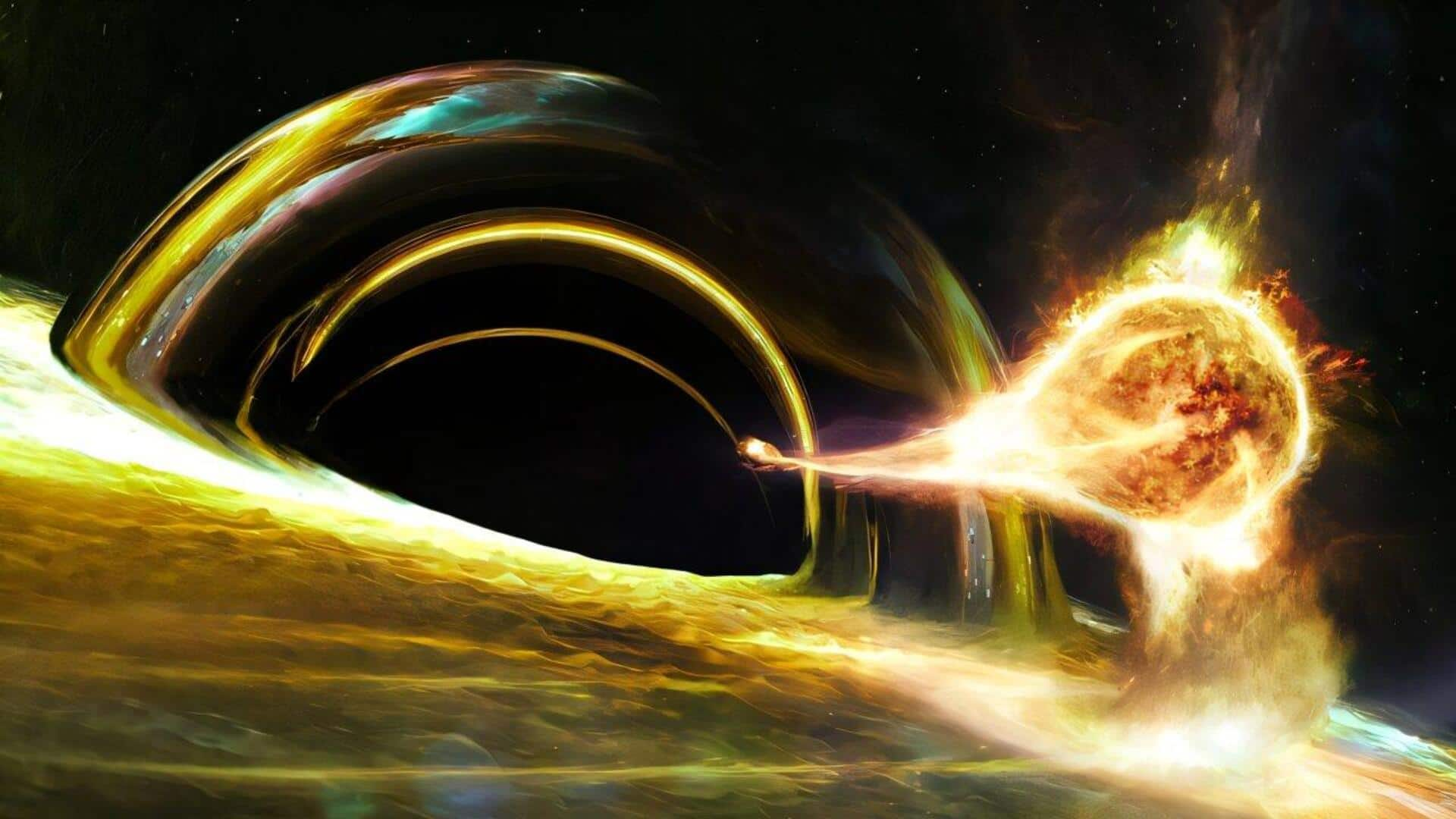
This star survived an encounter with a supermassive black hole
What's the story
In a groundbreaking discovery, an international team of astronomers led by Tel Aviv University researchers has witnessed a flare from a star that was partially disrupted by a supermassive black hole. The event occurred two years after a similar flare, AT 2022dbl, originated from the same location. This is the first confirmed instance of a star surviving such an encounter and returning for another one.
Members
These people were part of the study
The study was led by Dr. Lydia Makrygianni, a scientist at Lancaster University in the UK, and supervised by Professor Iair Arcavi of Tel Aviv University's Astrophysics Department. The research also involved contributions from Professor Ehud Nakar, chair of the department, and students Sara Faris and Yael Dgany from Arcavi's research group. The findings were published in a July issue of The Astrophysical Journal Letters.
Mystery
Why study of these black holes is important
The study highlights that every large galaxy has a supermassive black hole at its center, with mass ranging from millions to billions of times that of the Sun. While the presence of such black holes is known, their formation and impact on host galaxies remain poorly understood. This is mainly due to the difficulty in studying these "black" entities as they don't emit light.
Stellar encounters
What happens during such events?
Every 10,000 to 100,000 years, a star strays too close to its galaxy's supermassive black hole and gets torn apart. Half of the star is consumed by the black hole while the other half is ejected outward. This process creates a flare that temporarily brightens up the black hole, giving astronomers a brief window to study its properties. However, in the latest case, these flares have been less brilliant and cooler than expected.
Flares
Significance of the 1st flare AT2022dbl
The first flare, AT 2022dbl, was a major clue in solving the mystery of these less-bright and cooler flares. The second flare's repetition in an almost identical manner two years later suggests that it was also a case of partial star disruption. This means that these flares are more like "snacks" for supermassive black holes rather than full meals.